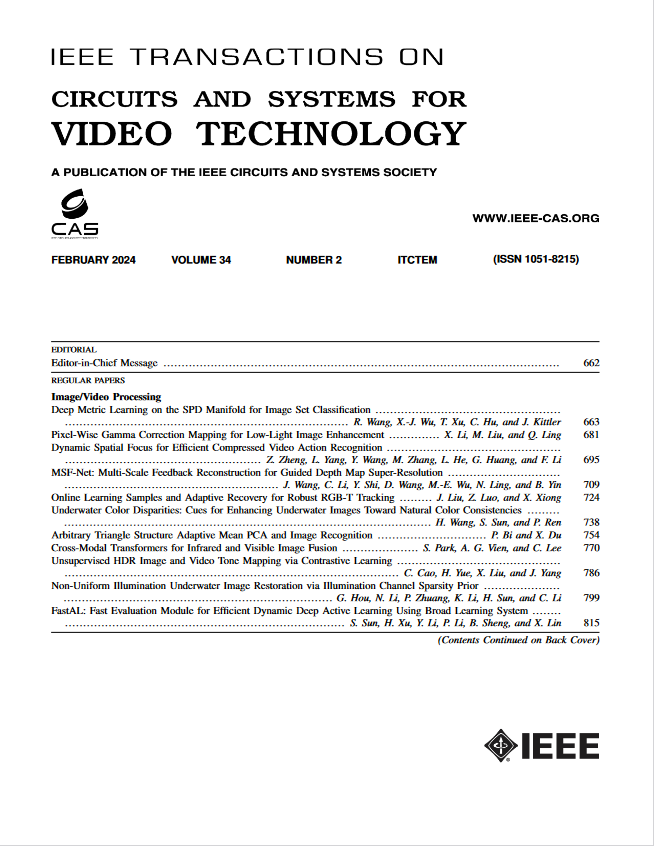Prior-Structure Driven Weakly-Supervised Learning for Fine-Grained Human Parsing
IF 8.3
1区 工程技术
Q1 ENGINEERING, ELECTRICAL & ELECTRONIC
IEEE Transactions on Circuits and Systems for Video Technology
Pub Date : 2024-09-03
DOI:10.1109/TCSVT.2024.3454171
引用次数: 0
Abstract
Weakly-supervised fine-grained human parsing, which decomposes the human body into several parts and various fashion items only with some easier labels, poses a more challenging visual task and cannot be well solved by general weakly-supervised approaches. In this case, we first explore the feasibility of utilizing point-level labels to address this task. Toward this, we propose the prior-structure driven weakly-supervised learning for fine-grained human parsing. Following previous practices, we design a pseudo label initialization mechanism to produce high-quality pixel-level pseudo labels by utilizing the powerful image segmentation model Segment Anything Model (SAM). Then we propose the Feature Propagation based on Prior-Structure (FPPS) module which formalizes prior-structure knowledge as an adjacency matrix constructed from superpixel and emploies a learnable Graph Neural Network (GNN) as the feature propagator. FPPS can optimize the features of unlabeled pixels to enhance the weakly-supervised learning. The framework further designs the Refinement Pseudo Label (RPL) strategy to generate denser supervision from past sub-optimal models. To the best knowledge, this work is the first attempt to perform fine-grained human parsing in a weakly-supervised manner. We conduct extensive experiments on two challenging fine-grained datasets, including ATR and LIP. Experimental results show that the proposed weakly-supervised method yields a comparable result to strongly-supervised methods and even outperforms other state-of-the-art approaches in semi-supervised human parsing tasks.针对细粒度人类解析的先验结构驱动弱监督学习
本文章由计算机程序翻译,如有差异,请以英文原文为准。
求助全文
约1分钟内获得全文
求助全文
来源期刊
CiteScore
13.80
自引率
27.40%
发文量
660
审稿时长
5 months
期刊介绍:
The IEEE Transactions on Circuits and Systems for Video Technology (TCSVT) is dedicated to covering all aspects of video technologies from a circuits and systems perspective. We encourage submissions of general, theoretical, and application-oriented papers related to image and video acquisition, representation, presentation, and display. Additionally, we welcome contributions in areas such as processing, filtering, and transforms; analysis and synthesis; learning and understanding; compression, transmission, communication, and networking; as well as storage, retrieval, indexing, and search. Furthermore, papers focusing on hardware and software design and implementation are highly valued. Join us in advancing the field of video technology through innovative research and insights.

 求助内容:
求助内容: 应助结果提醒方式:
应助结果提醒方式:


